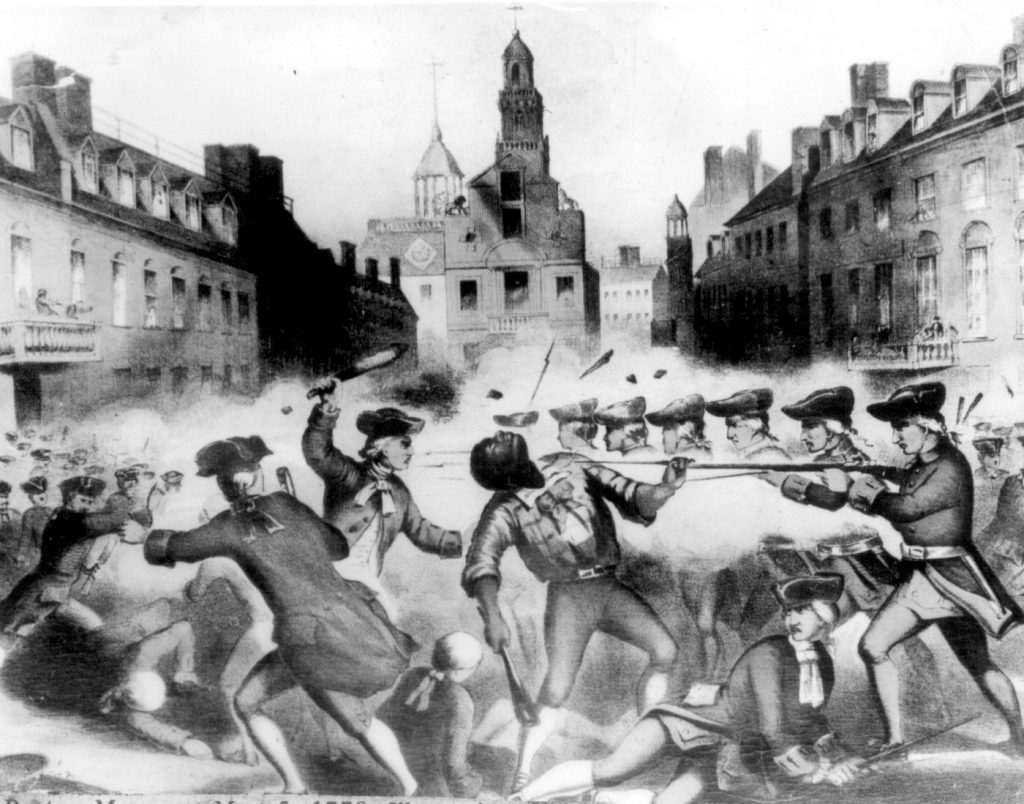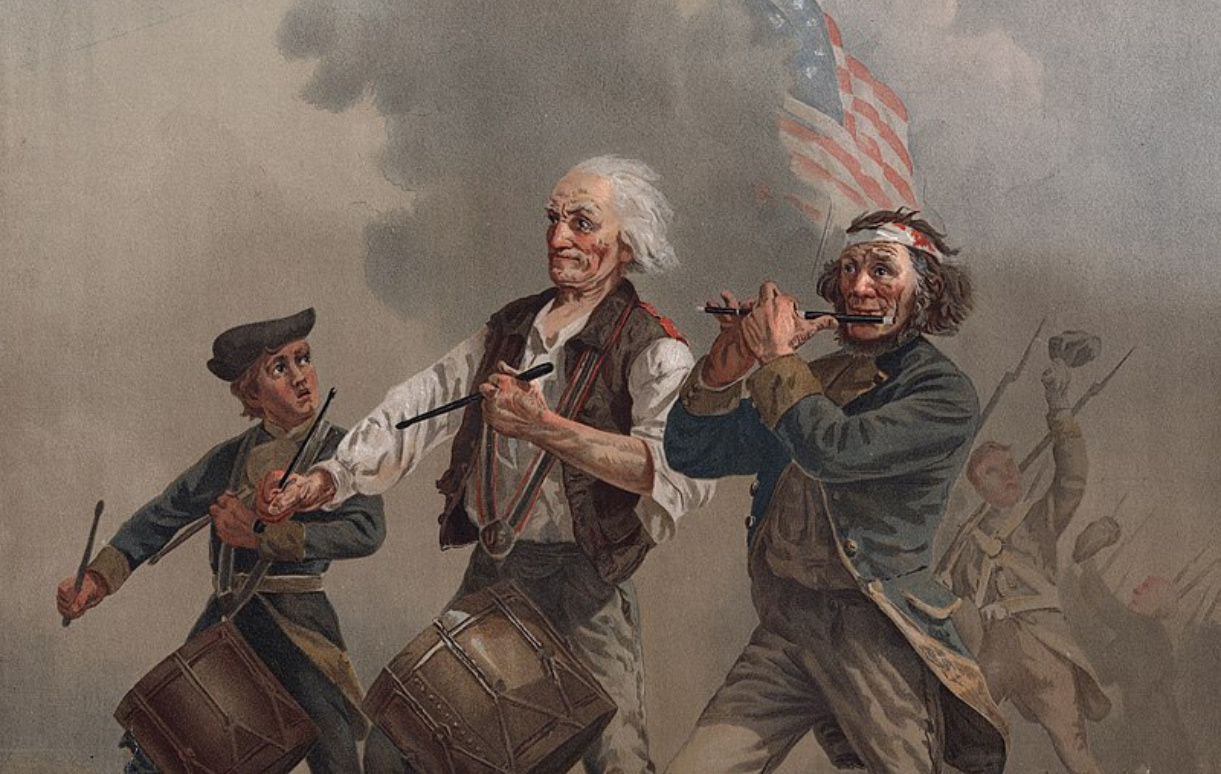
“Those who expect to reap the blessing of freedom must undertake to support it.”
– Thomas Paine, from his pamphlet series titled, “The American Crisis,” 1776-1783
Two hundred and forty-six years ago, our War for Independence was an experiment in forging a new nation, one free from British rule. In honor of Independence Day, we share some of the Revolutionary War’s major events and key Veterans who helped win freedom for the American Colonies.
March 5, 1770: Boston Massacre
A confrontation between colonists and British soldiers led to a deadly riot killing American civilians including Crispus Attucks, the first person killed in the fight for American independence.
Read more: This Month in History (March 1-29).
December 16, 1773: Boston Tea Party
“No taxation without representation!” — A rally cry from American colonists after the Tea Act was passed by Britain’s Parliament. To resist, demonstrators boarded ships and threw chests of tea into Boston Harbor on December 16, 1773. The Boston Tea Party protest was a pivotal point in beginning the American Revolution.
Learn more: This Month in History (December 1-24).
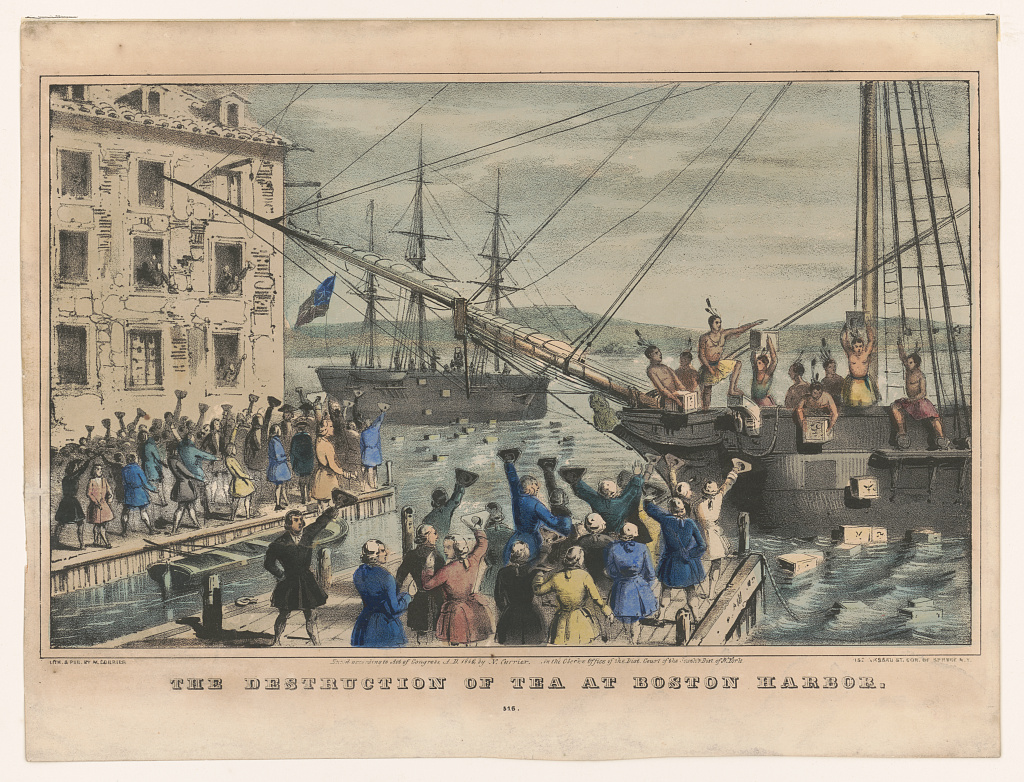
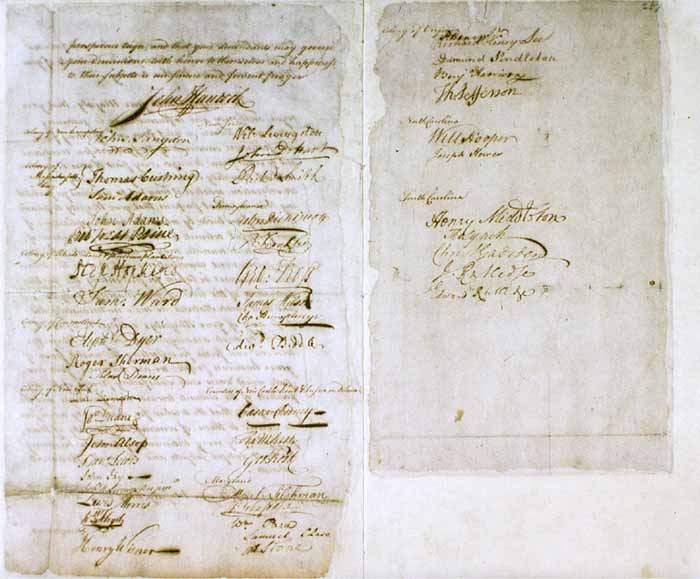
September 5, 1774: Petition of the King
On September 5, 1774, the First Continental Congress drafted a “Petition to the King” and organized a boycott of British goods. Then the “Olive Branch Petition,” a final attempt to prevent war, was sent by Congress to King George III in July of 1775. Despite attempts to achieve a peaceful solution, the British declared the Colonies to be in a state of rebellion.
April 19, 1775: Battles of Lexington and Concord
The first military engagements of the American Revolution were the battles at Lexington and Concord. About 700 British Army regulars in Boston were given secret orders to capture and destroy Colonial supplies stored by the Massachusetts Militia at Concord. Ralph Waldo Emerson describes the first shot fired by the Patriots at the North Bridge as “The shot heard round the world.”
Explore its impact: This Month in History (April 2-26).
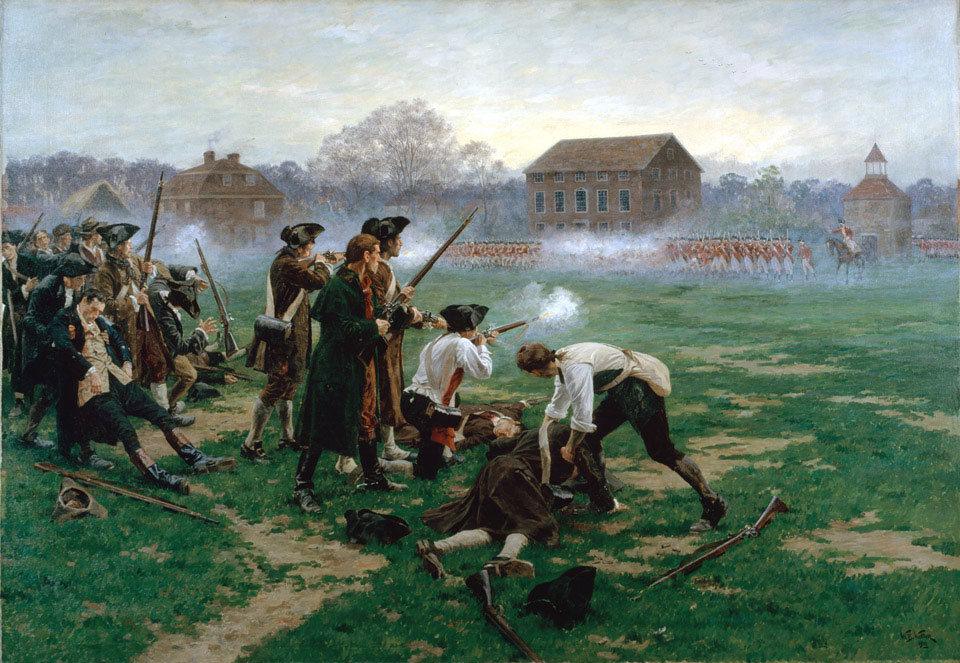
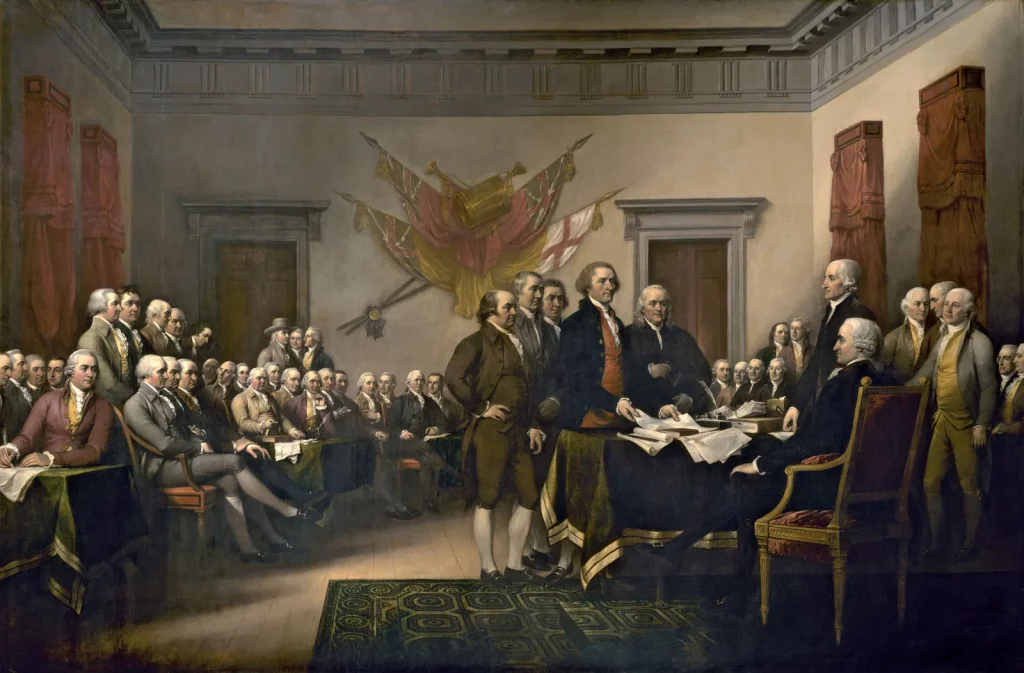
July 4, 1776: The Declaration of Independence is Adopted
By June 1776, the Revolutionary War was in full swing, and a majority of colonists favored independence from Britain. Inspired by this sentiment, the Continental Congress voted to adopt the Declaration of Independence on July 4, 1776.
December 26, 1776: Battle of Trenton
The journey to the Battle of Trenton began on a frigid morning along the edge of the Delaware River. George Washington and his Continental Army felt every bit of the cold as they prepared to transport themselves and their equipment across the frozen body of water. It seemed almost irrational, if not inhumane to attempt this crossing in the freezing cold, on Christmas afternoon no less. However, the Continental Army was desperate for a victory after a series of major defeats and no significant victories.
Read more: Battle of Trenton.
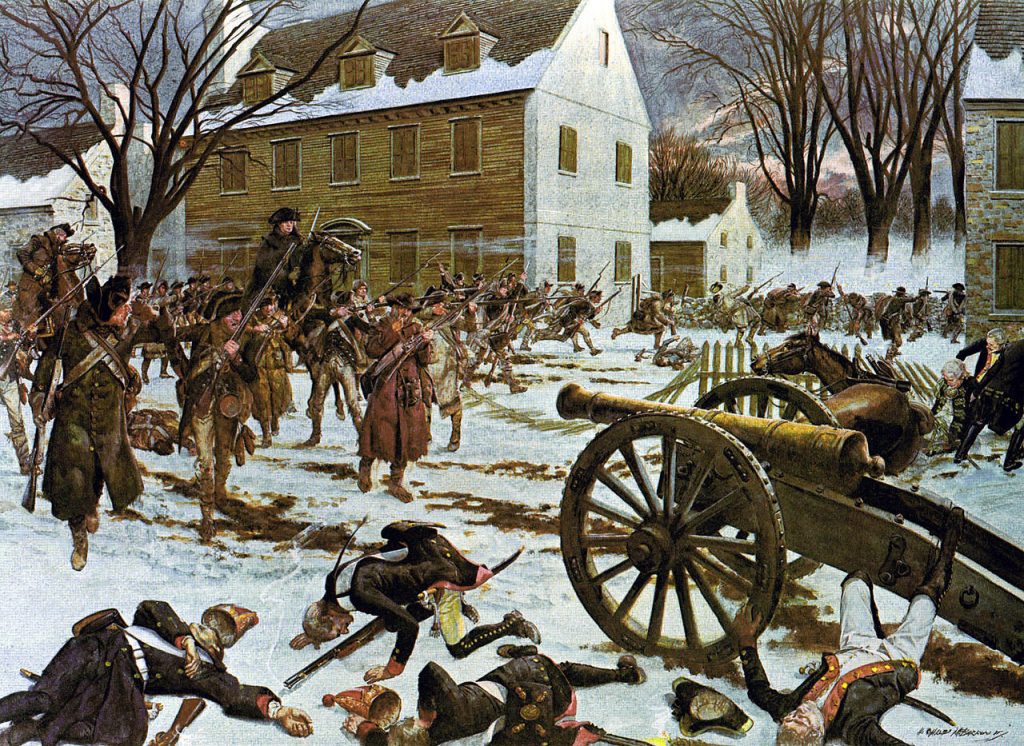
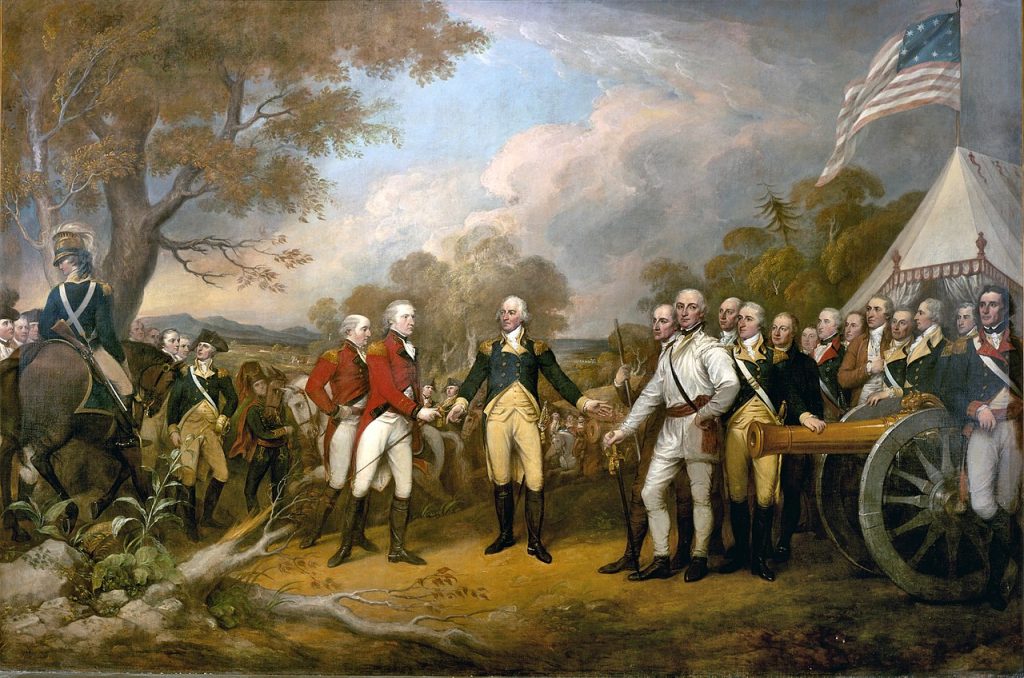
September 19, 1777: Battle of Saratoga
The Battle of Saratoga marked a decisive victory for the Americans. British General John Burgoyne led a large invasion southward from Canada but was never met with additional support. He was surrounded by American forces with whom he fought two battles. The British gained one victory but lost the second due to being outnumbered by American forces. He retreated to Saratoga and surrendered his army on October 17. This won America the foreign assistance they needed for victory in the American Revolution.
September 28, 1781: Battle of Yorktown
A joint American and French force led by General George Washington and Lt. General Comte de Rochambeau arrived at Yorktown at the start of the Battle of Yorktown, the final battle of the Revolutionary War. With the aid of his French allies, Washington planned a strategic assault against the British in hopes that a victory at Yorktown would finally force Britain and other European nations to accept the United States of America as an independent nation.
Check out the final battle plan: This Week in History (September 27-30).
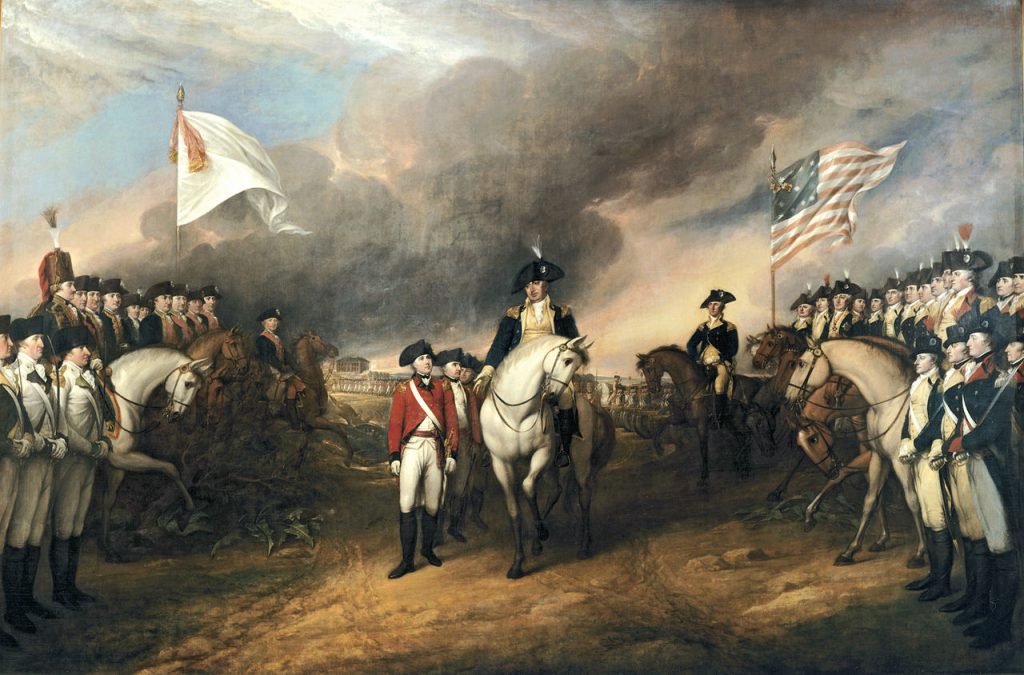
Heroes of the Revolutionary War
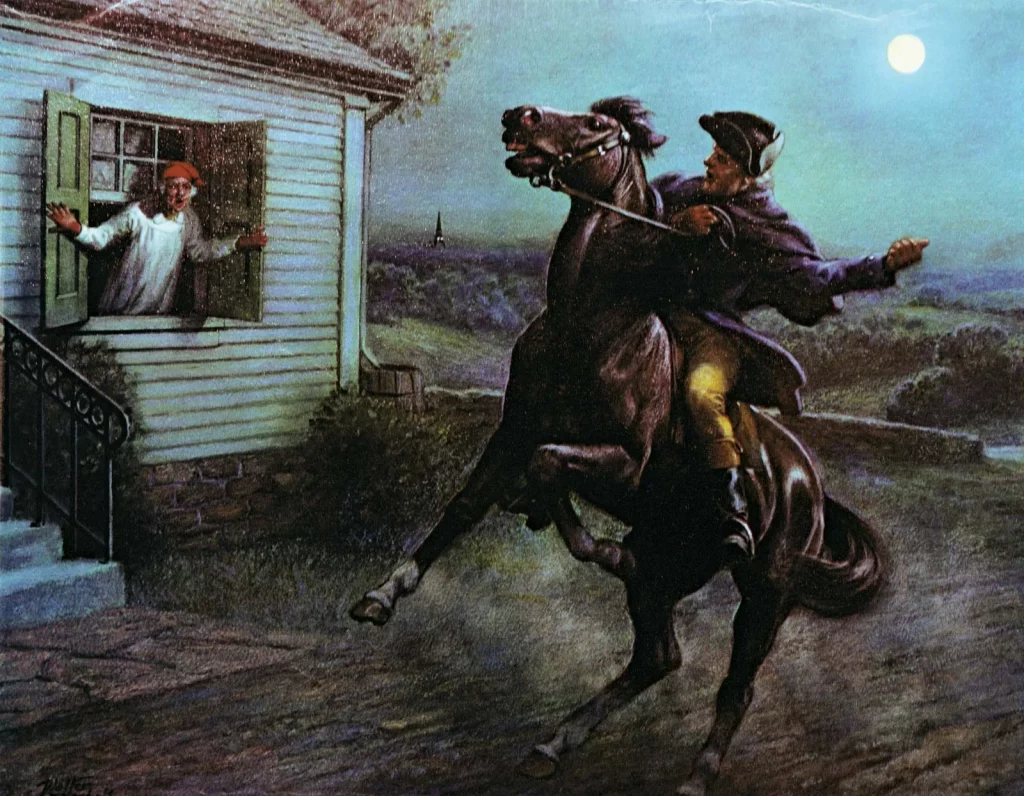
Paul Revere
Paul Revere was a silversmith, engraver, early industrialist, Sons of Liberty member and patriot in the American Revolution. His midnight ride is forever memorialized in Henry Wadsworth Longfellow’s poem, “Paul Revere’s Ride.” Revere warned American Colonial militia about a British attack, allowing for a significant advantage in the Battles of Lexington and Concord.
General George Washington
In May 1775, the Second Continental Congress met in Philadelphia to discuss preparations for war. One of the main concerns was organizing and supplying the army. The current army was comprised of several militia bands, each controlled by different states. The militias needed a leader, and, on July 3, 1775, George Washington took command of the new Continental Army as its commander-in-chief.
Throughout the war, Washington and his men won only three major battles out of nine. While he may not have been a military strategist, he was an excellent general, keeping his troops together and motivated to continue fighting no matter the hardships they faced. Without Washington’s leadership, the Continental Army may never have defeated the British Army.
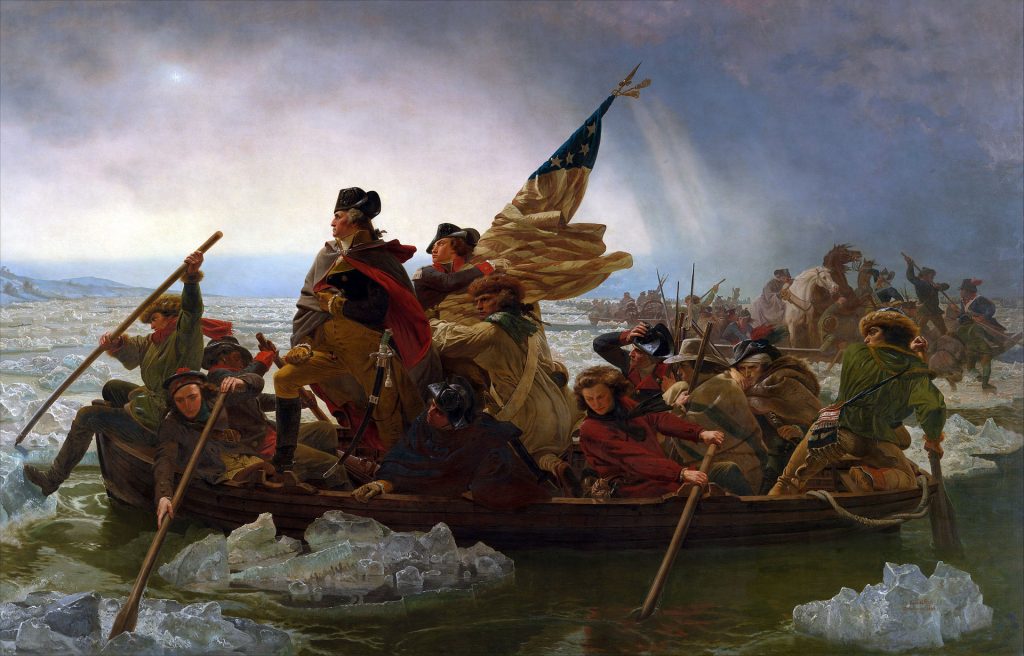
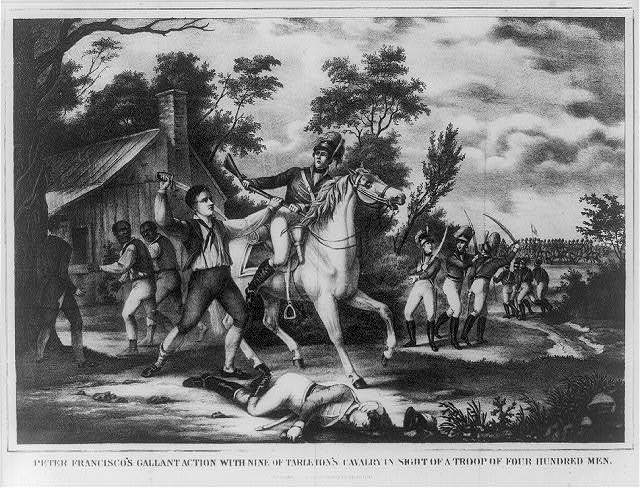
Peter Francisco
A Portuguese-born, American patriot and soldier, Peter Francisco played a crucial role during the Revolutionary War. As a member of the 10th Virginia Regiment in 1776, he fought in the Battle of Camden and was well known as the “Giant of the Revolution” due to his height and strength. He fought with distinction in numerous engagements including the Battle of Brandywine, Battle of Germantown and Battle of Camden.
Throughout the course of the Revolutionary War, approximately 230,000 soldiers served in the Continental Army with an additional 145,000 militiamen. They fought for the promise of freedom. Their grit and determination for independence inspire us to this day. On Independence Day, we pause to reflect on the founding of our nation and the brave men and women who have sacrificed to gain and uphold our freedoms today.


